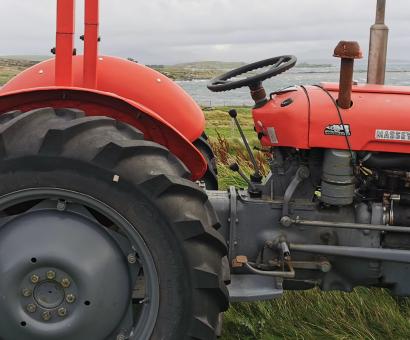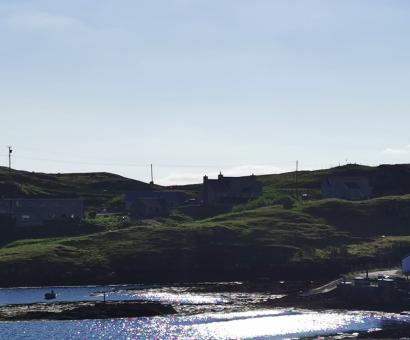Introduction and Background
The Introduction, Background and Land Capability sections of the SRUC report Rural and Agricultural Development: Maximising the potential in the islands of Orkney, Shetland and Outer Hebrides can be downloaded as a stand alone document from the link below. A selection of the points raised in these sections of the report include:
 Following the UK’s withdrawal from the EU there has been considerable uncertainty over the long-term replacement of the EU’s Common Agricultural Policy, which still forms the rules and regulations governing direct agricultural support and associated rural development support in Scotland. Agricultural policy in Scotland (and within the EU and rest of UK) is evolving to address climate change and nature restoration, alongside food production and maintaining economic activity in rural areas and the Agriculture and Rural Communities (Scotland) Bill was laid before the Scottish Parliament in September 2023 with Stage 3 completed in June 2024.
Following the UK’s withdrawal from the EU there has been considerable uncertainty over the long-term replacement of the EU’s Common Agricultural Policy, which still forms the rules and regulations governing direct agricultural support and associated rural development support in Scotland. Agricultural policy in Scotland (and within the EU and rest of UK) is evolving to address climate change and nature restoration, alongside food production and maintaining economic activity in rural areas and the Agriculture and Rural Communities (Scotland) Bill was laid before the Scottish Parliament in September 2023 with Stage 3 completed in June 2024.- The Scottish Government have committed to at least 50% of the agricultural budget having enhanced conditionality by 2025. Expectations on farmers and crofters to deliver more ‘public good’ for ‘public monies’ come against a static budget backdrop. There has been significant erosion of the real term (inflation adjusted) value of that budget caused by the recent period of ‘agflation’ resulting from factors out with the control of the agriculture sector. That inflation has eroded the 'buying power' of the public purse.
- There is no ‘prime agriculture land’ in Orkney, Shetland or the Outer Hebrides. Shetland and the Outer Hebrides are dominated by poorer quality land only capable of use as rough grazings. In Orkney there is a higher proportion of the land capable of mixed agriculture - land capable of producing a narrow range of crops, primarily grassland with short arable breaks of forage crops and cereal.
- There is considerable policy pressure to increase the area of woodland in Scotland in order to mitigate climate change, help sequester carbon and contribute to the Net Zero 2045 target that the Scottish Government has set. However, Orkney, Shetland and the Outer Hebrides are not well suited to tree growth, due to biophysical conditions including high winds, unsuitable soils and salt spray.
The download link to this section of the report is found below, or you can return to the main report page here.














